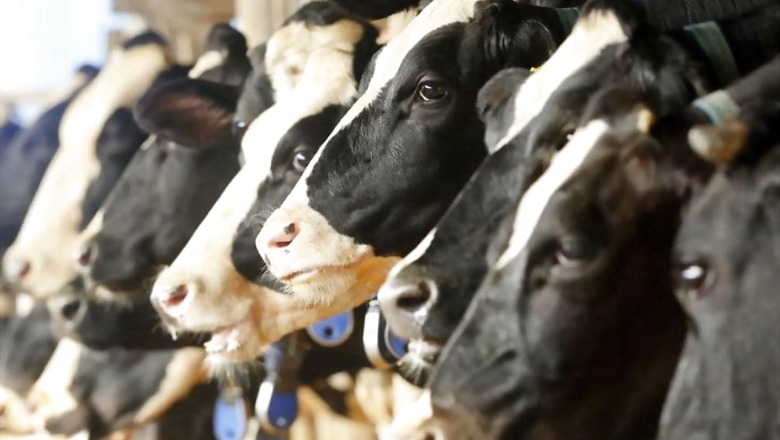
views
Washington: The domestic cow may be the largest land mammal on Earth in 200 years, if the loss of large-bodied and currently threatened animals continues in the future, according to a study.
Researchers led by The University of New Mexico in the US demonstrated that mammal biodiversity loss, a major conservation concern today, is part of a long-term trend lasting at least 125,000 years.
As archaic humans, Neanderthals and other hominin species migrated out of Africa, what followed was a wave of size-biased extinction in mammals on all continents that intensified over time, they said.
The study, published in the journal Science, is the first to quantitatively show that human effects on mammal body size predates their migration out of Africa and that size selective extinction is a hallmark of human activities and not the norm in mammal evolution.
The researchers showed that body-size downgrading - the loss of the largest species on each continent over time - is a hallmark of human activity, both in the past and present.
If this trend continues into the future researchers warn, the largest terrestrial mammal in 200 years will be the domestic cow. That would mean the loss of elephants, giraffes and hippos.
"One of the most surprising finds was that 125,000 years ago, the average body size of mammals on Africa was already 50 per cent smaller than on other continents," said Felisa Smith from The University of New Mexico.
"We suspect this means that archaic humans and other hominins had already influenced mammal diversity and body size in the late-Pleistocene," Smith said.
This finding was particularly surprising because Africa is a larger continent and typically, larger land masses house and support larger mammals, researchers said.
However, it appears that by the late Pleistocene, hominins had already reduced the diversity of mammals there. Over time, as humans migrated around the globe, extinctions of the largest mammals followed.
These giant mammals included the woolly rhinoceros, mammoths, llamas, camels and giant ground sloths as well as ferocious predators such as the short-faced bear, and the scimitar and saber-toothed cats.
In their research, Smith and her colleagues found that this decline follows the global expansion of hominins over the late-Quaternary, including the Pleistocene and Holocene Periods.
The researchers also examined the potential influence of climate on extinction risk and selectivity over time.
They found that for 65 million years, changes in climate did not result in more extinctions, nor was there a greater tendency for large-bodied mammals to go extinct.
"We suspect that in the past, shifts in climate led to adaptation and movement of animals, not extinction," said co-author Jonathan L Payne.
"Of course, today ongoing climate change may result in extinction since most megafauna are limited in how far they can move," Payne said.
If the loss of large-bodied mammals continues into the future and all the currently threatened animals are lost, the largest mammal on Earth in 200 years may be a domestic cow.


















Comments
0 comment